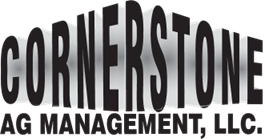Labor Productivity or Efficiency. Is there a Difference?
There is a crucial distinction between labor efficiency and productivity in dairy operations, and it is vital to understand how this difference can impact labor costs, which account for 10-15% of milk production expenses. Labor efficiency, often pursued to reduce costs, does not always equate to labor productivity. This distinction becomes clear in roles like feed center operations.
Efficiency focuses on reducing the time spent on tasks, such as through larger loader buckets or automation. However, productivity aims to increase output in a fixed time frame. A feeder, for instance, may complete feeding in five hours but will still occupy their full eight-to-twelve-hour shift. Thus, improving productivity might involve adding responsibilities to an employee’s role, such as cross-training the feeder to also collect weighbacks or uncover forage piles.
Increasing productivity operation-wide can also be achieved by maximizing “up-time” – the time employees spend on productive work. This involves creating efficient workflows to minimize downtime between tasks. For feeders, this could mean ensuring functional garage doors and scheduling feed deliveries efficiently.
Specialization is another strategy, where tasks are divided among specialized roles, effective in larger operations. For example, in a feed center, this could look like having separate roles for a loader driver and a feed delivery driver.
To effectively reduce labor costs, dairies of all sizes should focus on shifting from efficiency to productivity, tailoring strategies to their operation size and structure.
To learn more: Read the full article by Trent Dado with Dairy Herd Management





